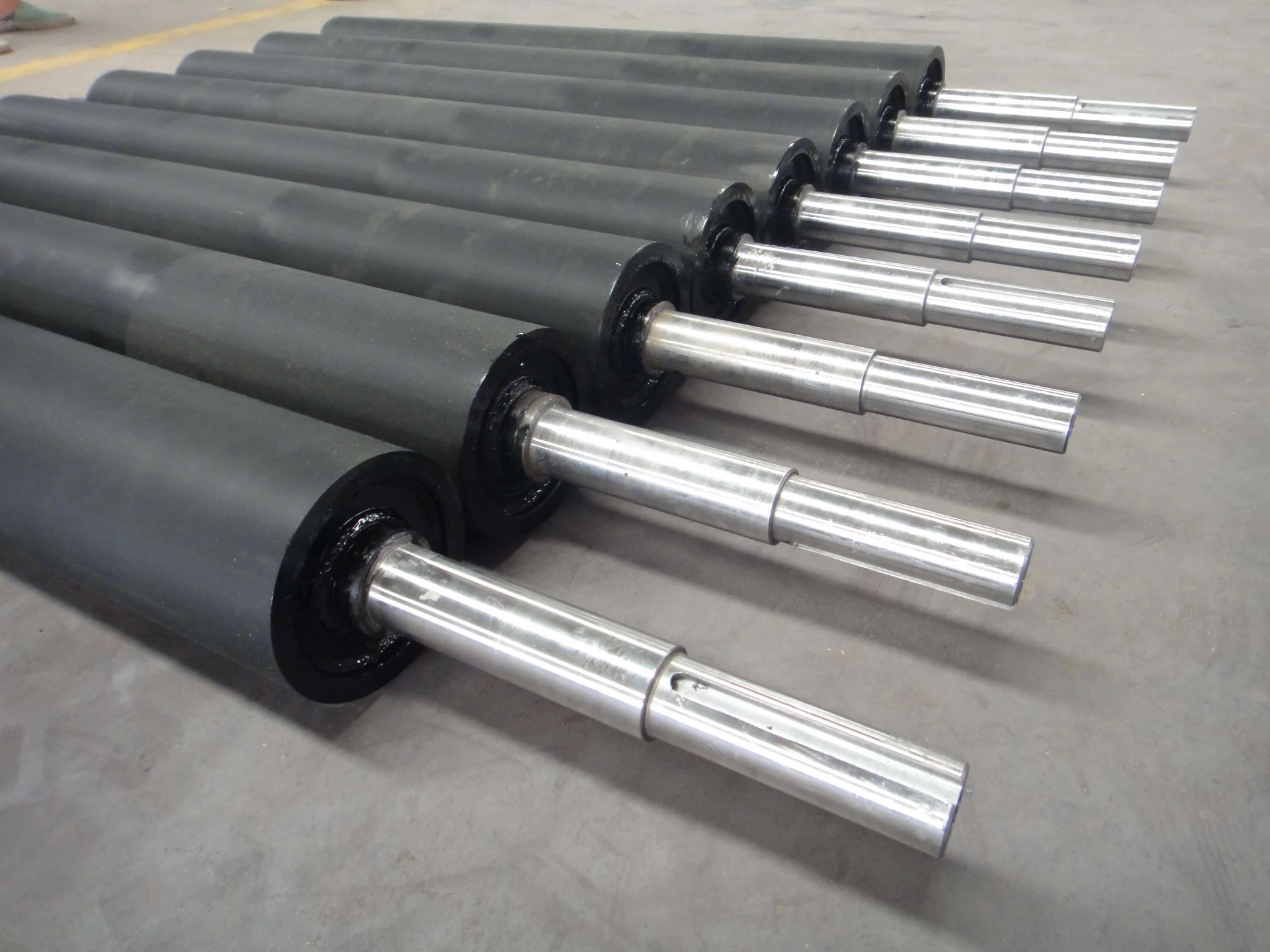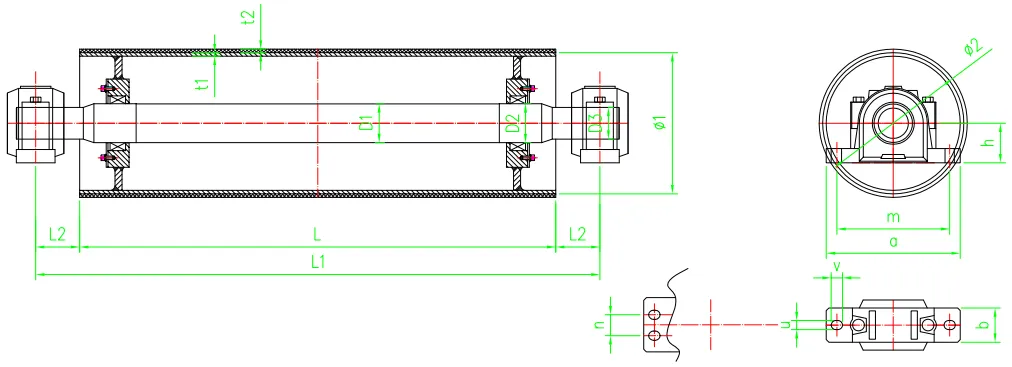 Afrikaans
Afrikaans  Albanian
Albanian  Amharic
Amharic  Arabic
Arabic  Armenian
Armenian  Azerbaijani
Azerbaijani  Basque
Basque  Belarusian
Belarusian  Bengali
Bengali  Bosnian
Bosnian  Bulgarian
Bulgarian  Catalan
Catalan  Cebuano
Cebuano  Corsican
Corsican  Croatian
Croatian  Czech
Czech  Danish
Danish  Dutch
Dutch  English
English  Esperanto
Esperanto  Estonian
Estonian  Finnish
Finnish  French
French  Frisian
Frisian  Galician
Galician  Georgian
Georgian  German
German  Greek
Greek  Gujarati
Gujarati  Haitian Creole
Haitian Creole  hausa
hausa  hawaiian
hawaiian  Hebrew
Hebrew  Hindi
Hindi  Miao
Miao  Hungarian
Hungarian  Icelandic
Icelandic  igbo
igbo  Indonesian
Indonesian  irish
irish  Italian
Italian  Japanese
Japanese  Javanese
Javanese  Kannada
Kannada  kazakh
kazakh  Khmer
Khmer  Rwandese
Rwandese  Korean
Korean  Kurdish
Kurdish  Kyrgyz
Kyrgyz  Lao
Lao  Latin
Latin  Latvian
Latvian  Lithuanian
Lithuanian  Luxembourgish
Luxembourgish  Macedonian
Macedonian  Malgashi
Malgashi  Malay
Malay  Malayalam
Malayalam  Maltese
Maltese  Maori
Maori  Marathi
Marathi  Mongolian
Mongolian  Myanmar
Myanmar  Nepali
Nepali  Norwegian
Norwegian  Norwegian
Norwegian  Occitan
Occitan  Pashto
Pashto  Persian
Persian  Polish
Polish  Portuguese
Portuguese  Punjabi
Punjabi  Romanian
Romanian  Russian
Russian  Samoan
Samoan  Scottish Gaelic
Scottish Gaelic  Serbian
Serbian  Sesotho
Sesotho  Shona
Shona  Sindhi
Sindhi  Sinhala
Sinhala  Slovak
Slovak  Slovenian
Slovenian  Somali
Somali  Spanish
Spanish  Sundanese
Sundanese  Swahili
Swahili  Swedish
Swedish  Tagalog
Tagalog  Tajik
Tajik  Tamil
Tamil  Tatar
Tatar  Telugu
Telugu  Thai
Thai  Turkish
Turkish  Turkmen
Turkmen  Ukrainian
Ukrainian  Urdu
Urdu  Uighur
Uighur  Uzbek
Uzbek  Vietnamese
Vietnamese  Welsh
Welsh  Bantu
Bantu  Yiddish
Yiddish  Yoruba
Yoruba  Zulu
Zulu Feb . 12, 2025 09:43
Back to list
snub roller
The role of a snub pulley in a belt conveyor system is often underestimated, yet it is a critical component that optimizes the conveyor's performance. For those invested in industries reliant on efficient material handling—such as mining, manufacturing, and distribution—understanding the nuances of snub pulleys can enhance operational efficiency, safety, and system longevity.
Further emphasizing the snub pulley’s significance is its role in energy efficiency. By improving belt traction, the system’s motors do not need to exert as much force, thereby reducing energy consumption. Over time, this improved efficiency translates to significant cost savings and reduces the facility's carbon footprint, making it a sustainable choice amid growing environmental concerns. In terms of maintenance, well-designed snub pulleys contribute to the overall health of the conveyor system. They reduce wear and tear on the belt, minimizing the frequency of belt replacements and repairs. Regular inspection and maintenance schedules should include checking the snub pulley for alignment, surface wear, and structural integrity. Expert technicians use advanced diagnostic tools to monitor the pulley's condition, ensuring any issues are preemptively addressed. In conclusion, the integration of a snub pulley is not merely a technical necessity but a strategic choice for enhancing conveyor performance. Their contribution to increased friction, enhanced energy efficiency, and reduced maintenance demands cannot be overstated. As industries advance, investing in robust snub pulley designs will be a hallmark of cutting-edge operational efficiency. For professionals committed to optimizing their conveyor systems, the expertise in snub pulley application stands as a testament to a commitment to excellence and innovation in material handling solutions.


Further emphasizing the snub pulley’s significance is its role in energy efficiency. By improving belt traction, the system’s motors do not need to exert as much force, thereby reducing energy consumption. Over time, this improved efficiency translates to significant cost savings and reduces the facility's carbon footprint, making it a sustainable choice amid growing environmental concerns. In terms of maintenance, well-designed snub pulleys contribute to the overall health of the conveyor system. They reduce wear and tear on the belt, minimizing the frequency of belt replacements and repairs. Regular inspection and maintenance schedules should include checking the snub pulley for alignment, surface wear, and structural integrity. Expert technicians use advanced diagnostic tools to monitor the pulley's condition, ensuring any issues are preemptively addressed. In conclusion, the integration of a snub pulley is not merely a technical necessity but a strategic choice for enhancing conveyor performance. Their contribution to increased friction, enhanced energy efficiency, and reduced maintenance demands cannot be overstated. As industries advance, investing in robust snub pulley designs will be a hallmark of cutting-edge operational efficiency. For professionals committed to optimizing their conveyor systems, the expertise in snub pulley application stands as a testament to a commitment to excellence and innovation in material handling solutions.
Next:
Latest news
-
Revolutionizing Conveyor Reliability with Advanced Rubber Lagging PulleysNewsJul.22,2025
-
Powering Precision and Durability with Expert Manufacturers of Conveyor ComponentsNewsJul.22,2025
-
Optimizing Conveyor Systems with Advanced Conveyor AccessoriesNewsJul.22,2025
-
Maximize Conveyor Efficiency with Quality Conveyor Idler PulleysNewsJul.22,2025
-
Future-Proof Your Conveyor System with High-Performance Polyurethane RollerNewsJul.22,2025
-
Driving Efficiency Forward with Quality Idlers and RollersNewsJul.22,2025
OUR PRODUCTS





























